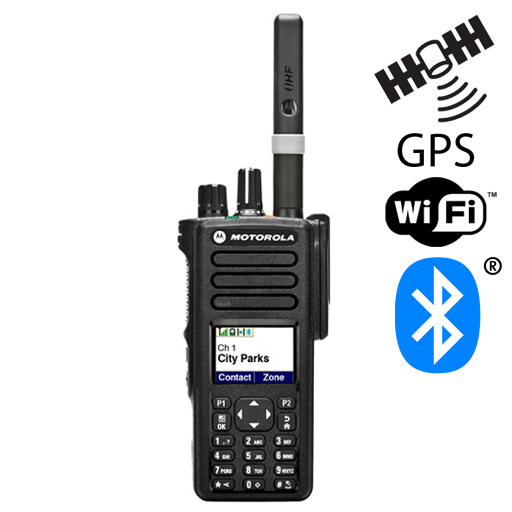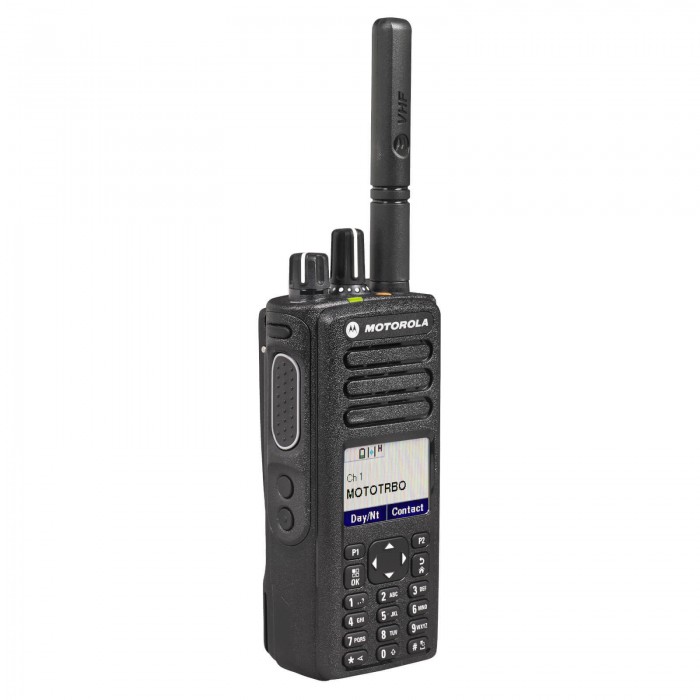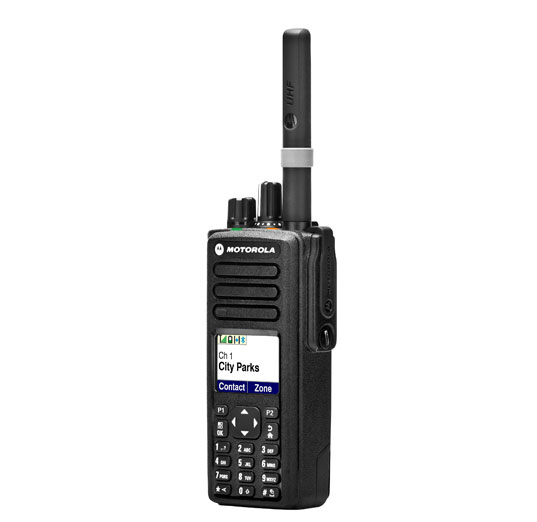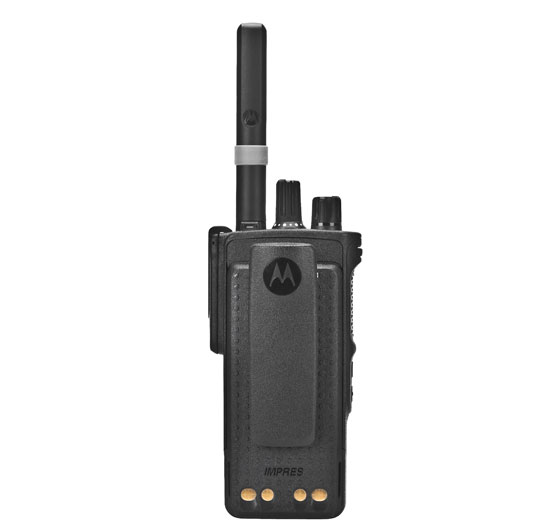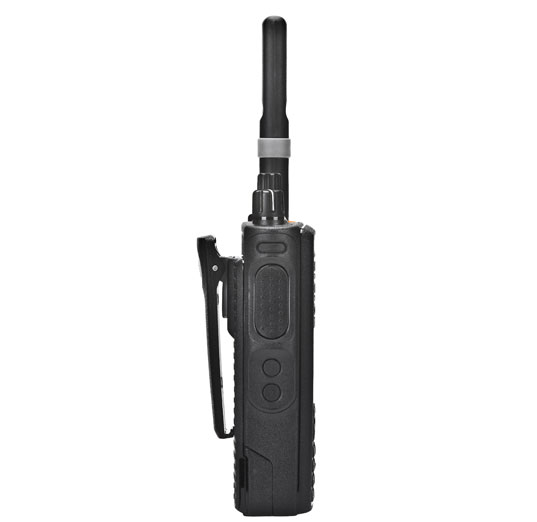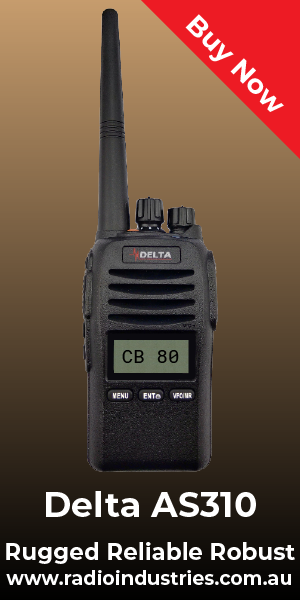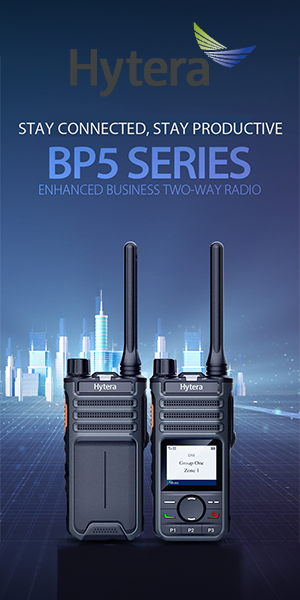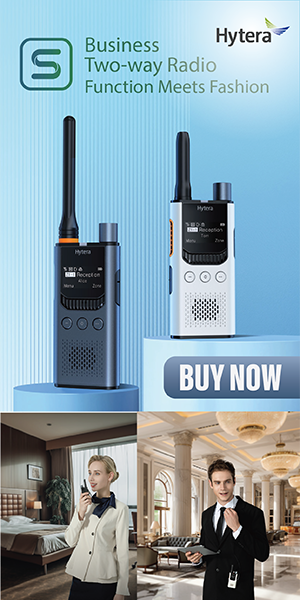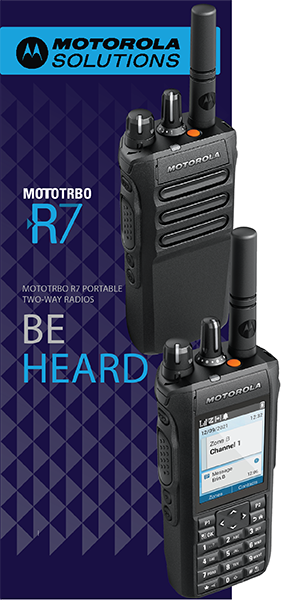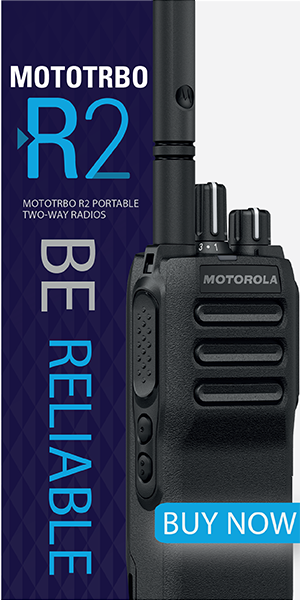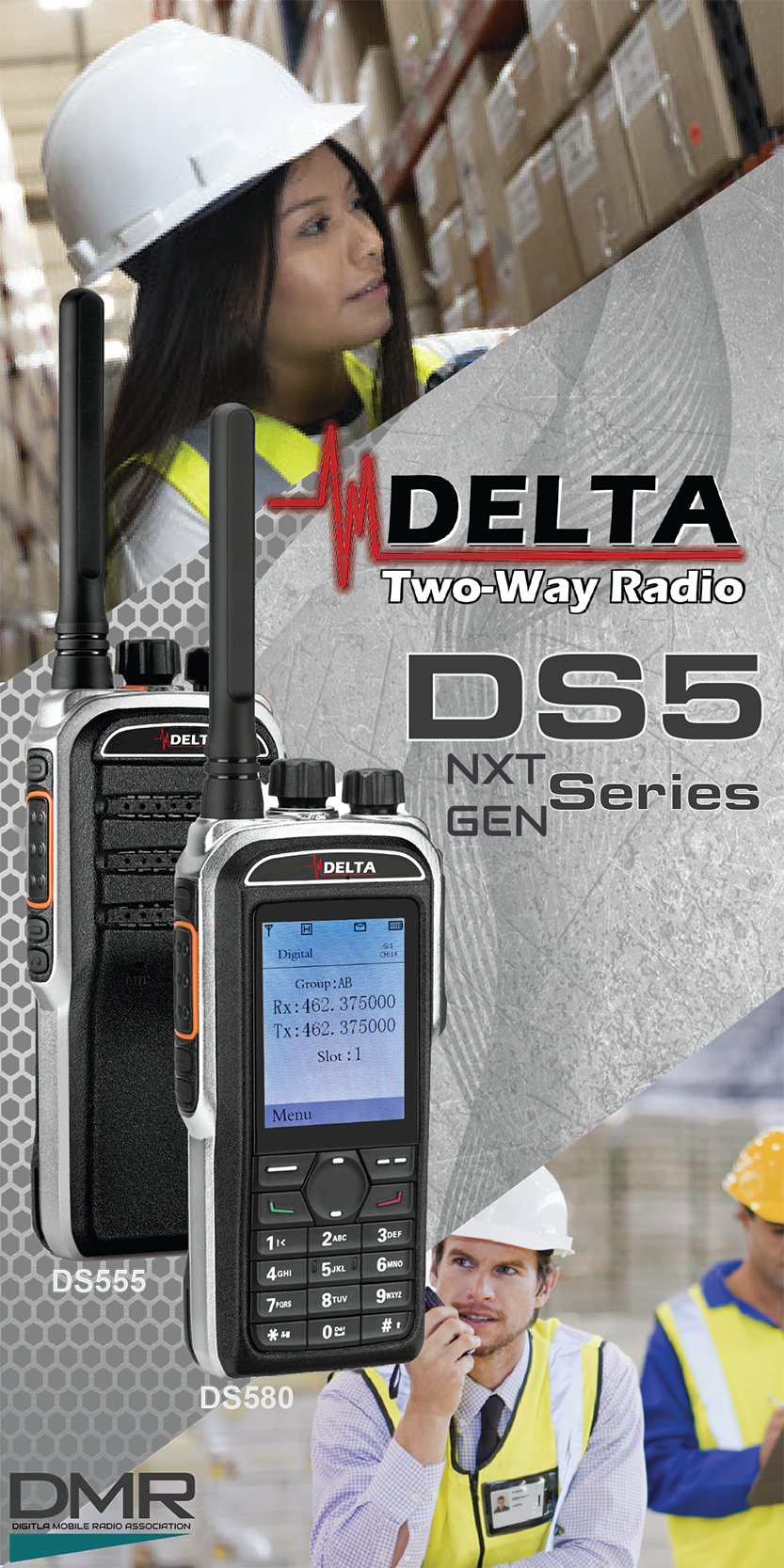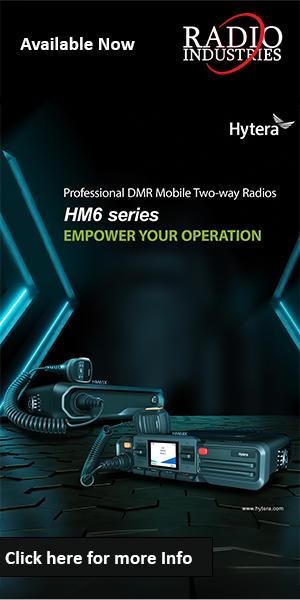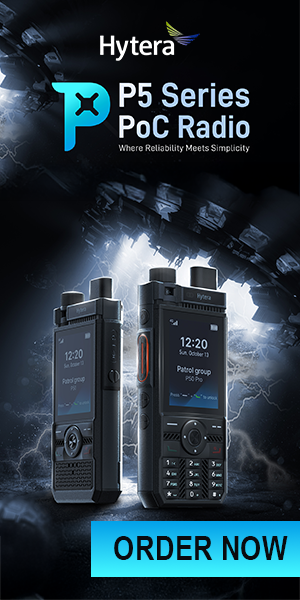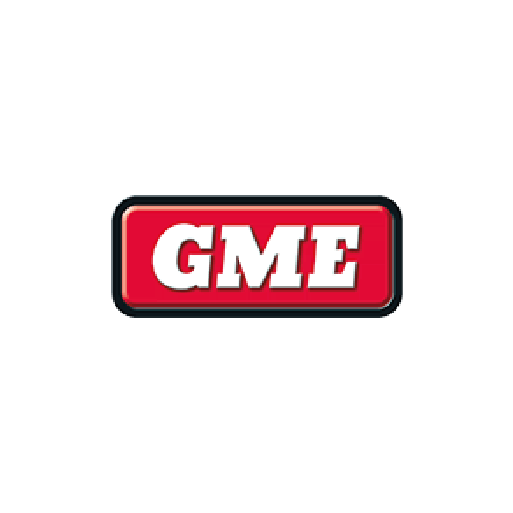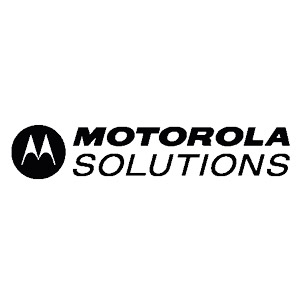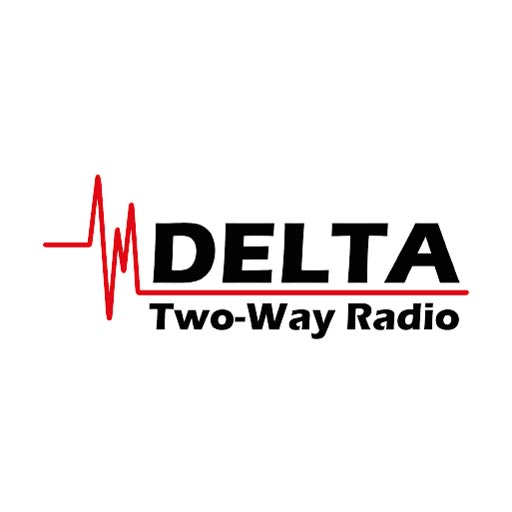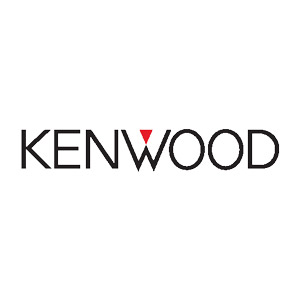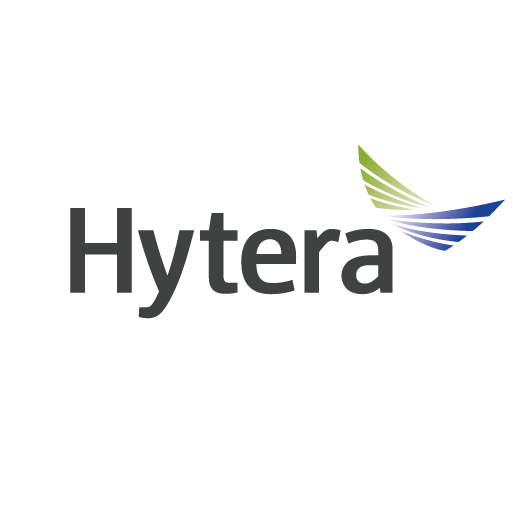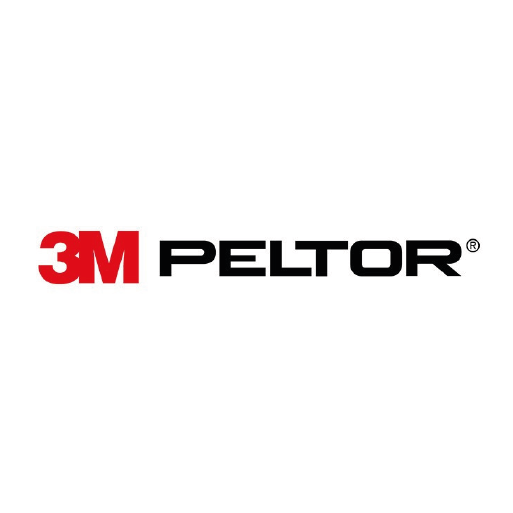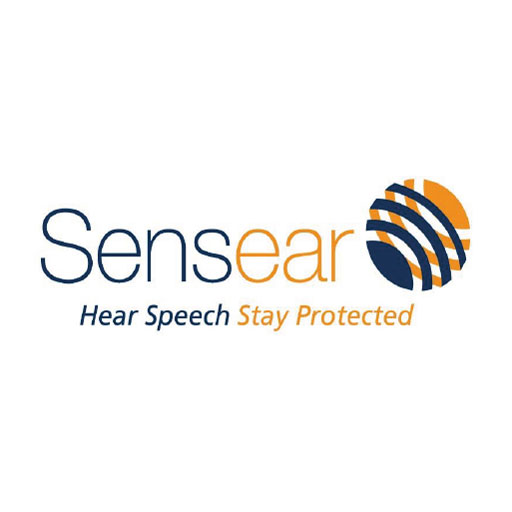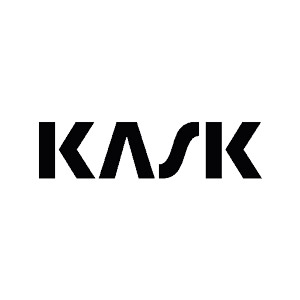Motorola DP4801e Two Way Radio
❌This Product Has Been Discontinued❌
Check out our suggested alternative: Motorola R7 Digital MOTOTRBO Premium
The Motorola DP4801e has all the features the DP4800e contains and more. The extra features include Bluetooth, GPS & WiFi.
The fully-featured DP4801 portable delivers unrivaled voice and data communications with optional integrated GPS plus Bluetooth audio and data, text messaging full-colour display with day/night mode to make reading text messages easier, and best-in-class audio that includes Intelligent Audio and customizable voice announcement feature.
Available in UHF OR VHF frequency bands, the DP4801 features a 5-line display, full keypad, up to 1,000 channel capacity, five programmable buttons, emergency button, IP68 specifications for submersibility and FM intrinsically safe option
Here’s what’s new in these radios:
- Integrated Bluetooth® 4.0
- Indoor location tracking
- Integrated Wi-Fi®
- Over-the-air software updates
- Enhanced audio quality
- Improved expandability
- Better battery life (up to 28 hours)
- Better range (up to 8%)
- Better waterproofing (IP68)
- Integrated full keypad
- Built-In Display
For detailed specifications, click here.
The DP4000e Digital Two-Way Radio Series includes:
Contact Us For A Quote
Get A Quote
Overview
Overall, the Mototrbo DP4801e is an excellent radio that would improve efficiency and productivity within every organisation with its set of advanced features. Who wouldn’t want this series of dynamic radios in their business?
The Motorola enhanced range of radios offers many variants and highly technical solutions to meet your radio needs. Each part of the Motorola Enhanced family has different capabilities and add-on possibilities. We encourage you to call or LiveChat with one of our sales team who can discuss your needs and produce a proposal based upon your unique – bespoke requirements.
What It Includes
- DP4801e Two-Way Radio (UHF or VHF)
- PMNN4544 2450mAh Li-Ion Battery
- Antenna (Select UHF or VHF)
- PMLN4651 2.5″ Belt Clip
- Optional Charger
Charger Options
When purchasing the Motorola DP4801e, you can choose to buy the radio with a single charger. However, if you are planning on buying a Motorola 6-way charger, you can choose to buy the DP4801e without a single-unit charger.
Single Unit Charger: Motorola WPLN4256 (Discount when purchased with radio)
6-Way Charger: Motorola PMPN4293
It’s important to note that if you do need a single-unit charger, it’s much cheaper to buy a single-unit charger with the Motorola DP4801e. It’s almost always more expensive to buy a single-unit charger later.
Headset, Earpiece, Speaker Microphone Options
The Motorola DP4801e is able to be used with an earpiece, headset or remote speaker microphone. The DP4801e has the M7 multi-pin accessory connector meaning that all audio accessories are very cost-effective. Radio Industries offers both genuine Motorola and aftermarket audio accessories such as Bravo.
Radio Programming
The Motorola DP4801e is supplied un-programmed as standard. It’s kind of like a computer without an operating system. It just wouldn’t work. But don’t worry… we can program the DP4801e as follows:
- To match your current ACMA licence as a new fleet: If you’ve bought an ACMA licence recently and don’t have any radios, we can program your new fleet to the frequency the ACMA has assigned you.
- To match your existing radios: Assuming you have an ACMA licence for your existing radios, we can program your new DP4800e to match your existing radios.
- To UHF CB Channels: There is an optional upgrade for the DP4801e so it can be pre-programmed on UHF CB channels. This costs $50+GST.
- Completely Customised Programming: This option covers everything else. Why not call us to discuss your programming requirements.
Do you need an ACMA licence? Contact us for further information and advice on ACMA licensing.
You may also like…
-
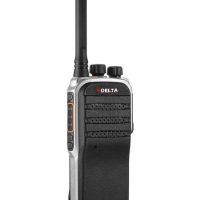
Delta DS555 Professional, Digital Two Way Radio
Contact Us For A Quote -
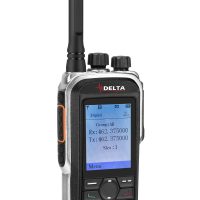
Delta DS580 Professional, Digital Two Way Radio
From $1,094.50 Inc GST -
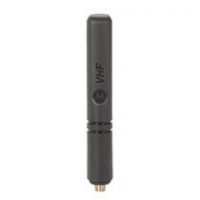
Motorola PMAD4121 VHF/GPS Antenna
$27.50 Inc GST -
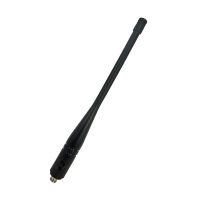
Motorola PMAE4079 DP2400 / 2600 Series UHF/GPS Whip Antenna
$27.50 Inc GST -
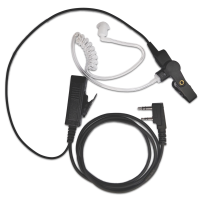
Bravo Heavy Duty Acoustic Tube Earpiece – Superior Clarity – M7
$71.50 Inc GST
Additional information
| Weight | 3 kg |
|---|---|
| Dimensions | 35 × 25 × 10 cm |
| Analog | Yes |
| Digital | Yes |
| Bluetooth | Yes |
| GPS | Yes |
| WiFi | Yes |
| Frequency Band | UHF, VHF |
| Intrinsically Safe | No |
| IP Rating | IP68 |
| Channel Capacity | 1000 |
| Power (W) | 1W, 4W, 5W |
| Keypad | Full |
| Screen | Yes |
| Side Connector | M7 |
| Warranty | 2 Years |
| Manufacturer | Motorola |
| Supported Systems | Capacity Max, Capacity Plus, DMR, TRBOnet |

K
Kenwood Two Pin Right Angle
3.5mm Stereo + 2.5mm Mono
Kenwood:
TK-250/350, 260/360, 260G/360G, 270/370, 270G/370G, TK-3100(ProTalk), TK-3103(Free Talk XL), TK-3102(Pro Power), TK-2160/3160, TK-2170/3170, TL-3130(ProTalk XLS), 3131(Free Talk XLS), TK-2207/3307, TK-2317/3317, TK-3310, TK-2360/3360, NX220/320, NX240/340
Hytera:
HYT TC-368

K2
Kenwood Multiple Pin
Kenwood:
TK-280, TK-290, TK-380, TK-385, TK-390, TK-480, TK-481, TK-2041, TK-2140, TK-3140, TK-3148, TK-2180, TK-3180, NX-200, NX300

K4
Kenwood Single Pin
Kenwood:
PKT-23

M
Motorola Two Pin Right Angle
3.5mm Mono + 2.5mm Mono
Motorola:
GP68, GP88, GP300, GP308, GP350, P040, P110, P1225, P1225LS, P2000, CP88, CP125, CP150, CP200, CT150, CT250, CT450, CT450LS, CP476, PRO2150, PRO3150, BRP40, EP450, MTH500, GTX, SP50, LTS2000, PR400

M4
Motorola Multiple Pin
Motorola:
HT750, HT1250, HT1250LS, HT1550, HT1550XLS, MTX850, MTX850LS, MTX900, MTX950, MTX960, MTX8250, MTX8250LS, MTX9250, PRO5150, PRO5350, PRO5450, PRO5550, PRO5750, PRO7150, PRO7350, PRO7450, PRO7550, PRO7750, PRO9150, PTX780, GP140, GP320, GP328, GP329, GP330, GP338, GP339, GP340, GP360, GP380, GP600, GP640, GP650, GP680, GP1280

M5
Motorola Multiple Pin
Hytera Multiple Pin
Simoco Multiple Pin
Motorola:
EX500, EX600, GL2000, GP328Plus, GP338Plus, GP628 Plus, PTX760Plus, GP344, GP388, PRO5150Elite
Hytera:
TC380M, TC370M, TC780M, TC780
Simoco:
SRP9170, SRP9180, SDP650, SDP660

M6
Motorola Multiple Pin
Motorola:
GP900, GP9000, HT1000, JT1000, MT2000, MTS2000, MT6000, MTX838, MTX900, MTX1000, MTX8000, MTX9000, MTXLS, XTS2000, XTS2500, XTS3000, XTS3500, XTS5000, XTS5100, XTS7700

M7
Motorola Multiple Pin
Motorola:
MOTOTRBO, APX6000, APX7000, XPR6300, XPR6500, XPR6350, XPR6550, DP3400, DP3600, DP3401, DP3601, DP4400, DP4600, DP4401, DP4601
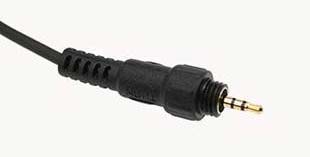
M10
Motorola Single Pin
Motorola:
CLP107, CLP117

M12
Motorola Multiple Pin
Motorola:
DP2000, DP2400, DP2600, DP3440, DP3441, XPR3300, XPR3500

MT1B
Motorola Single Pin
Motorola:
MTP850, MTH500, MTH650, MTH800

Y2
Vertex Single Pin Right Angle
3.5mm With Screws
Vertex:
VX-160, VX-180, VX-210, VX-210A, VX-231, VX-351, VX-410, VX-420, VX-426, VX-451, VX-454, VX-459, EVX-531

Y6
Vertex Multiple Pin Right Angle
Vertex:
VX-820, VX-821, VX-824, VX-829, VX-920, VX-921, VX-929, VXD-720

D1
Delta Two Pin Right Angle
Delta:
Pro16, 16L, 200B, 200K

D3
Delta Two Pin Right Angle
3.5mm Stereo + 2.5mm Mono
Delta:
AS300, AS310, AS320

D7
Delta Multiple Pin Right Angle
Delta:
DS400, DS410, DS420

S1
Icom, GME, Vertex Two Pin Straight
3.5mm Mono + 2.5mm Mono
Icom:
IC-F3, IC-F3S, IC-F4, IC-F10, IC-40S, IC-F20, IC-H2, IC-H6, IC-J12, IC-M5, IC-U12, IC-U16, IC-36FI
GME:
TX610, TX6000, TX7000, TX655
Vertex:
VX-200, VX-500, VX-510, VX-520UD
Cobra, Ritron

S2
Icom Two Pin Right Angle
3.5mm Mono + 2.5mm Stereo
Icom:
IC-F3G, IC-F3GS, IX-G3GT, IC-F4G, IC-F4GS, IC-F4GT, IC-F43GS, IC-F43GT, IC-F43TR, IC-F11, IC-F11S, IC-F21, IC-F21S, IC-F31, IC-A24

S3
Icom Two Pin Right Angle
3.5mm Mono + 2.5mm Stereo
Icom:
IC-F3G, IC-F3GS, IC-F4G, IC-F4GS, IC-F11, IC-F21, IC-F31, IC-F33, IC-F43, IC-F14, IC-F24, IC-F3023, IC-F4023, IC-41S, IC-41W, IC-41Pro, IC-F3003, IC-F4003, IC-F3130D, IC-4140D

S4
Icom Multiple Pin Right Angle
Icom:
IC-F50, IC-F51, IC-F60, IC-F61, IC-F30G, IC-F30GT, IC-F30GS, IC-F31GS, IC-F31GT, IC-36FI, IC-F40G, IC-F40GS, IC-F40GT, IC-35FIM87/88, IC-F3163, IC-F4163, IC-F3163D, IC-F4163D

SC1
Simoco Two Pin Right Angle
5mm Stereo + 2.5mm Stereo
Simoco:
SRP9120 SRP9130

H1
Hytera Two Pin Right Angle
3.5mm Mono + 2.5mm Mono
Hytera:
HYTS2100, TC500, TC600, TC2100, TC446, TC700, TC610, TC620

H2
Hytera Multiple Pin Right Angle
Hytera:
PD702, PD782, PD780, PT580, PD780G

H3
Hytera Two Pin Right Angle
Hytera:
TC700, TC610, TC620, PD500 Series

H5
Hytera Multiple Pin Right Angle
Hytera:
PD600 Series, X1E, X1P, TC380M, TC370M, TC780M, TC780, TC3000, TC610P
ATEX, UL & IECEx Guide
Please note that Radio Industries Australia Pty Ltd does not classify or take responsibility for the Hazardous Location Settings mentioned in this page, this is just a guide. Please consult your Safety Department for your exact Hazardous Location requirements.
What is Intrinsically Safe?
Intrinsically safe is a term used to describe a collection of devices and equipment that meet the requirements set out by the certification body (ATEX, UL or IECEx) to determine that device or equipment’s safety when used in a hazardous environment.
What is a Hazardous Environment?
A Hazardous Environment is an area where fumes, dust, gas or vapour may cause a fire or explosion when an ignition source is used in the area. For example, you may see a ‘No Naked Flames’ sign in your petrol station when filling up your car, this is because the area is classed as a Hazardous Environment. People who use devices like Two-Way Radios in these environments need to ensure that the device itself complies with the standard set for that particular zone. Often a safety officer will have this information to hand and be able to direct you as to what type of equipment you need for different areas of your plant.
What is the difference between ATEX, UL and IECEx?
The difference between these three is the testing/classification body.
Each rating is created by a recognised standards body with ATEX Being European, UL being American and IECEx often used for international standards. Your company may choose a specific standard to base decisions from.
ATEX Explained
Download the CML ATEX/IECEx Guide HERE - https://www.cmlex.com/wp-content/uploads/hazardous-area-guide.pdf
An ATEX Label will tell you exactly where the equipment can be used based on the Equipment classification and Zones specified. All of the numbers and letters on the label correspond to the level of protection offered and in what environments the equipment can be used. Please consult your safety supervisor for the correct equipment class you require based on the zones you are subject to.
ATEX Equipment is classified by Group, Type of protection, Gas/Dust Group, Temperature class and equipment protection level.
Areas where ATEX must be used is classified by Zones. Each Zone is for a particular Hazardous Environment. Each Zone is explained below. You will then need to use equipment suitable and certified for use the Zone.
ATEX Zones
Combustible Gas & Vapour
| Gas Zone | Description | ATEX Category | EPL | Required Protection |
| Methane | Mines with methane and dust. Equipment remains energised in explosive atmosphere. | M1 | Ma | Two Faults |
| Methane | Mines with methane and dust. Equipment is de-energised in explosive atmosphere. | M2 | Mb | Severe Normal Operation |
| Zone 0 | A place in which an explosive atmosphere consisting of a mixture with air of dangerous substances in the form of gas, vapor or mist is present continuously or for long periods or frequently. | 1G | Ga | Two Faults |
| Zone 1 | A place in which an explosive atmosphere consisting of a mixture with air of dangerous substances in the form of gas, vapor or mist is likely to occur in normal operation occasionally. | 2G | Gb | One Fault |
| Zone 2 | A place in which an explosive atmosphere consisting of a mixture with air of dangerous substances in the form of gas, vapor or mist is not likely to occur in normal operation but, if it does occur, will persist for a short period only. | 3G | Gc | Normal Operation |
Combustible Dust & Fibres
| Dust Zone | Description | ATEX Category | EPL | Required Protection |
| Zone 20 | A place in which an explosive atmosphere in the form of a cloud of combustible dust in air is present continuously, or for long periods or frequently. | 1D | Da | Two Faults |
| Zone 21 | A place in which an explosive atmosphere in the form of a cloud of combustible dust in air is likely to occur in normal operation occasionally. | 2D | Db | One Fault |
| Zone 22 | A place in which an explosive atmosphere in the form of a cloud of combustible dust in air is not likely to occur in normal operation but, if it does occur, will persist for a short period only. | 3D | Dc | Normal Operation |
Equipment Groups
| Equipment Group | Description |
| Group I |
Electrical equipment intender for use in mines susceptible to fire damp |
| Group II | A place in which an explosive atmosphere in the form of a cloud of combustible dust in air is likely to occur in normal operation occasionally. |
| Group III | Electrical equipment intended for use in explosive dust atmospheres |
IECEx Explained
IECEx is very similar to ATEX however some of the definitions for the protection offered do differ so keep that in mind.
Download the CML ATEX/IECEx Guide HERE - https://www.cmlex.com/wp-content/uploads/hazardous-area-guide.pdf
UL Explained
UL is classified by Divisions and Classes. The classes define the substance whilst the Division defines the operating conditions. The classes are also split into subgroups to determine specific and/or equivalent substances.
Classes
-
Class I – Flammable Gases, Vapours or Liquids
-
Group A - Acetylene and equivalent gas groups
-
Group B - Hydrogen and equivalent gas groups
-
Group C - Ethylene and equivalent gas groups
-
Group D - Methane, and equivalent gas groups
-
-
Class II – Combustible Dust
-
Group E - Conductive dust (mechanical – factories, recyclers)
-
Group F - Combustible carbon dust (charcoal & coke dust) - above ground only
-
Group G - Grain dust
-
- Class III – Ignitable Fibres and Flyings (No Subgroups)
Divisions
Division 1 - Locations where ignitable gas/vapor/liquid/dust are present continuously or some of the time under normal operating conditions.
Division 2 - Locations where ignitable gas/vapor/liquid/dust are not likely to exist under normal operating conditions.
Based on the above a rating of ‘Class I, Div 1, Group C, D’ would be given to an environment where Ethylene and Methane are expected to be present continuously
Why Choose Us?
Radio Industries is one of Australia’s longest-running Two Way Radio Communications Companies, operating since 1985. We are Dealers and Distributors of Quality Digital & Analogue Two-Way Radio Systems, and Hearing Protection Equipment.
What Our Customers Think
“Good experience. Product arrived in 2 days, sent express and completely as advertised. Called at one stage about shipping and they were easy to deal with. Happy with the product quality. Would recommend as easy to speak to someone if you have any questions. Great that they request your radio type too to make sure you’re buying the right connection. Thanks guys!”
John Johnson
“Thank you for your assistance with this matter, the whole process from the ‘chat’ onward through invoicing and payment, has been simple and fast. A pleasure to deal with you and your company. Well done from a business perspective, even for an out of the blue approach regarding a relatively minor order.
Regards, and again, thank you for your help.”
Michael Hayes
“Jim and Jacob sorted our order efficiently and quickly. We had our radios here and ready to use 5 days after payment was made. Very impressed with the professionalism of both employees and they really helped us out because we were looking for units that were in high demand and low in stock.”
Tarah Ferguson
Frequently Asked Questions
How Far Can I Get?
Two-Way Radios work on line of sight.
What Channels Can I Use?
CB or Private frequency.
Which Radio Is Best?
There is no definitive answer as there are too many radios to choose from, they work on different systems, contact us for a quote.
Do I Need A Private Frequency?
If you are using your radios on a crane then a private frequency is required in order to comply with OH&S.
If you will be using radios for safety reasons then a private frequency is recommended in order to prevent unnecessary outside interference that can easily be caused with standard UHF CB radios.
What is the difference between a Two-Way Radio, Walkie Talkie and Handy Talkie
Nothing, they all refer to the same piece of equipment however a Two-Way Radio is the preferred terminology in industry. Walkie Talkies and Handy Talkies often refer to toys or recreational two-way radios.
Customers Also Bought…
You may also like…
-

Bravo Heavy Duty Acoustic Tube Earpiece – Superior Clarity – M7
$71.50 Inc GST -

Delta DS555 Professional, Digital Two Way Radio
Contact Us For A Quote -

Motorola PMAD4121 VHF/GPS Antenna
$27.50 Inc GST -

Motorola PMAE4079 DP2400 / 2600 Series UHF/GPS Whip Antenna
$27.50 Inc GST -

Delta DS580 Professional, Digital Two Way Radio
From $1,094.50 Inc GST

